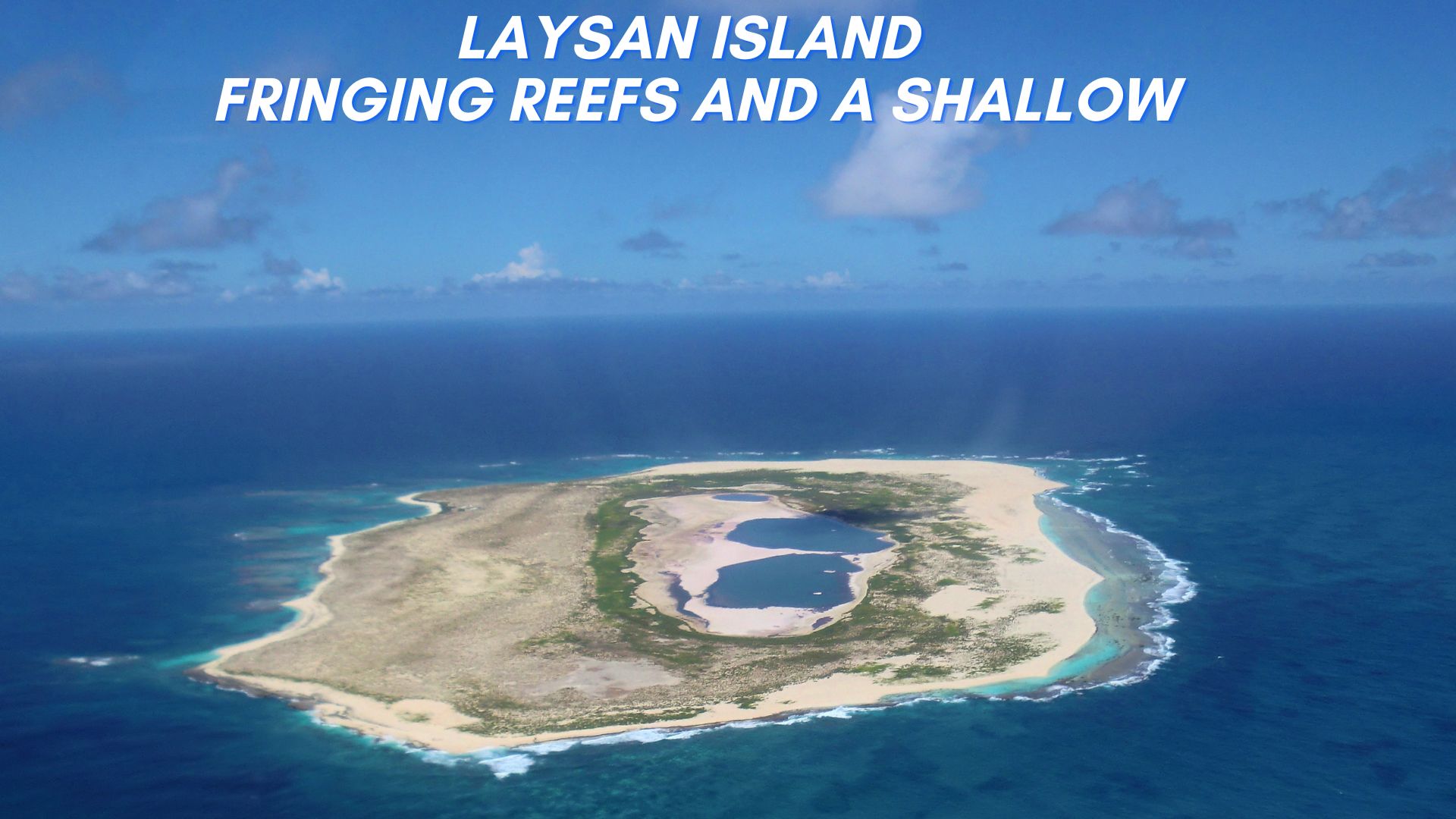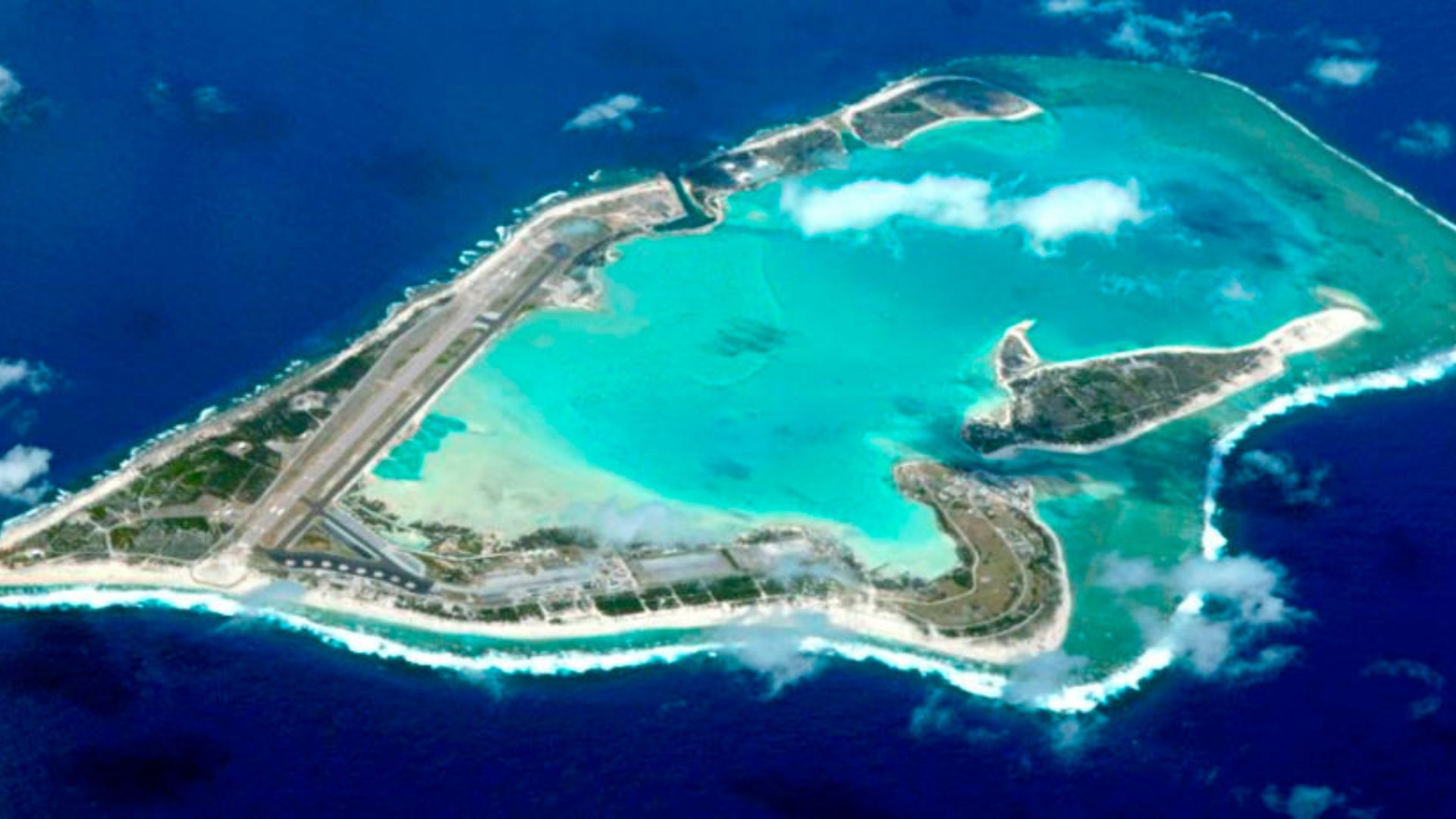Laysan Island - Shallow And Fringing Reefs
Laysan Island is one of the Northwestern Hawaiian Islands, located at 25°42′14′′N 171°44′04′′W, 808 nautical miles (1,496 km; 930 mi) northwest of Honolulu. It is made up of a single land mass that is 1,016 acres (4.11 km2) in size, or around 1 by 1.5 miles (1.6 by 2.4 km). Although the land entirely encircles a small center lake that is 8 feet (2.4 m) above sea level and has a salinity that is around three times higher than the ocean, it is an atoll of sorts.
Author:Jane RestureSep 30, 20221.5K Shares126.5K Views

LaysanIsland is one of the Northwestern Hawaiian Islands, located at 25°42′14′′N 171°44′04′′W, 808 nautical miles (1,496 km; 930 mi) northwest of Honolulu. It is made up of a single land mass that is 1,016 acres (4.11 km2) in size, or around 1 by 1.5 miles (1.6 by 2.4 km).
Although the land entirely encircles a small center lake that is 8 feet (2.4 m) above sea level and has a salinity that is around three times higher than the ocean, it is an atoll of sorts.
History Of Laysan Island
Because thousands of birds were murdered by guano and feather harvesters in the late 1800s and early 1900s, which drastically altered the island's environment, Laysan Island history has been problematic.
Additionally, rabbits were brought to the island, but they quickly multiplied and there wasn't enough vegetation on Laysan to support them. There were around 10 million seabirds on Laysan in 1903, but just a little more than a million eight years later.
Additionally, during these eight years, Laysan's indigenous Pritchardia palms and sandalwood trees became extinct.
The Beauty Of Laysan Island
The stunning white sand beach that encircles the lake is covered with dried coastal grasses. Sedges are abundant near the margin of the lake. Laysan is home to about 30 different plant species.
The Laysan duck is Hawai'i's "other" native species of duck, in addition to the Koloa. This eye-catching, unique duck has an intriguing feeding behavior as it rushes over mud flats while grabbing swarms of brine flies to gather its food.
Laysan Island Geography
Laysan Island is the second-largest land mass in the NWHI, measuring 2.4 kilometers (1.5 miles) long and 1.6 kilometers (1 mile) broad (4 sq. km.). But with narrow bordering reefs encircled by substantial sand banks in the shallows, it has proportionately less reef area than the majority of the other NWHI.
Due to its lush vegetation, Laysan is home to significant numbers of migrating shorebirds and seabirds, notably the Laysan Albatross (Phoebastria immutabilis), which has a range that extends throughout the North Pacific.
The hypersaline lake in the middle of the island is home to one of the two colonies of the critically endangered Laysan Duck, Anas laysanensis. This duck is native to the Northwestern Hawaiian Islands and is one of only two places where it lives.
Hotels On Island Of Hawaii
- Kona Royal Resort.
- Mauna Lani, An Auberge Resorts Collection.
- Hualalai Four Seasons Resort.
- The Westin Hapuna Beach Resort.
- Hilton Grand Vacations Club Kings' Land, Waikoloa.
- Fairmont Orchid.
People Also Ask
Does Laysan Island Have A Population?
At this time, Laysan is unoccupied.
Can You Visit Laysan Island?
On Laysan islands, visitors may meander amid the island's many historic monuments and millions of seabirds, or they can see monk seals.
Why Is Laysan Island Devoid Of Mammals?
From 1903-1904, rabbits have been placed on Laysan Island. By 1911, the rabbits had done a lot of damage to the habitat, and three bird species went extinct because they didn't have enough food. The removal of these mammals in 1923 made it possible for vegetation regeneration and for the two species that had been left to recover.
Conclusion
The Hawaiian name for Laysan Island is Kau, which translates to "egg" and alludes to both the shape of the island and the abundance of life that it supports. It is situated 1,496 kilometers (930 miles) northwest of Honolulu.
There are 1,588 square miles (4,114 km2) of land there. It is the second-largest piece of land in the Northwestern Hawaiian Islands. It is about 1.5 miles long and 1 mile wide.

Jane Resture
Author
Since she embarked on her first world trip in 2002, Jane Resture spent the past decades sharing her personal journey and travel tips with people around the world. She has traveled to over 80 countries and territories, where she experienced other cultures, wildlife she had only read about in books, new foods, new people, and new amazing experiences.
Jane believes that travel is for everyone and it helps us learn about ourselves and the world around us. Her goal is to help more people from more backgrounds experience the joy of exploration because she trusts that travel opens the door to the greatest, most unforgettable experiences life can offer and this builds a kinder, more inclusive, more open-minded world.
Latest Articles
Popular Articles
